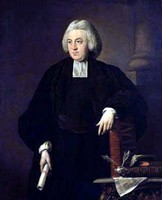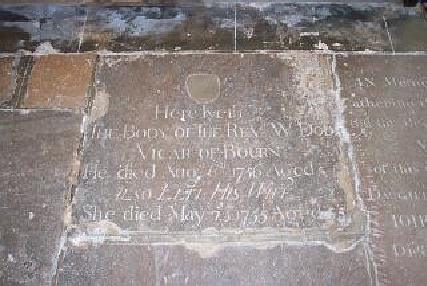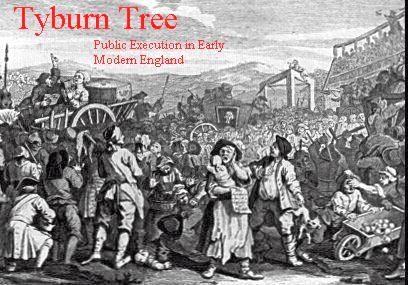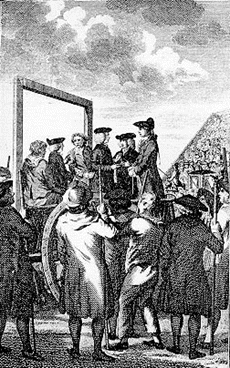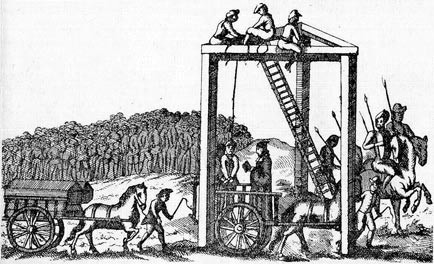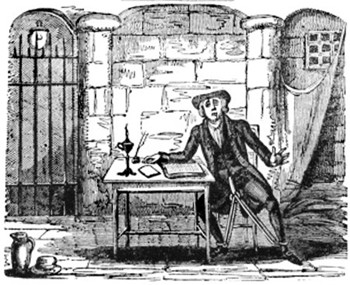The story of the unfortunate Dr William Dodd, Anglican clergyman, man of letters and forger, is a sad one and his career and ultimate fate must have caused a sensation in Bourne during the 18th century. He was born in 1729, the eldest son of the Rev William Dodd who was Vicar of Bourne from 1727 until 1756, and after graduating from Clare Hall, Cambridge, where he distinguished himself, he married and moved to London in 1750. He spent some time as a man about town but his extravagant lifestyle soon landed him in debt and worried his friends who persuaded him to mend his ways and so he decided to take holy orders and was ordained in 1751. For a time, he worked hard at his new occupation and became a fashionable and popular preacher, attracting large congregations to the Magdalene House of which he was chaplain from its inauguration in 1758. In 1763 he was appointed chaplain to King George III and soon after became tutor to Philip Stanhope, godson and heir to the Earl of Chesterfield. He also held several other ecclesiastical offices including Rector of Hockcliffe in Bedfordshire and Prebendary of Brecon, and having already achieved some success as a writer with a volume of selections entitled The Beauties of Shakespeare (1752), which was reprinted many times, he published a number of theological works including a commentary on the Bible and in 1766, Cambridge University conferred on him the degree Doctor of Laws. By now he had become a noted person in metropolitan society but was careless about money and living beyond his means. His waywardness in such matters resulted in continual financial difficulties and in 1774, in an attempt to rectify his situation, he tried to obtain the rich living of St George's Church in Hanover Square, London, by offering a bribe of £3,000 in an anonymous letter to Lady Apsley, wife of the Lord Chancellor, asking her to use her influence on his behalf. The letter was traced to Dodd's wife and subsequently shown to the king who was so outraged that he removed his name from the royal list of chaplains. The incident became the talk of London and Dodd became a target for ridicule in the press and even from the stage of the Haymarket Theatre and so he fled to Geneva in an attempt to escape the gossip. On his return, he was appointed to the living at Wing in Buckinghamshire and in February 1777, still short of money, he offered a stockbroker a forged bond for £4,200 in the name of Lord Chesterfield, his former pupil, but the forgery was immediately detected and he was prosecuted, sent for trial, convicted and sentenced to death. He made an abject appeal to the court but this failed, as did the efforts of influential friends to secure a pardon. Dodd was committed to Newgate Prison to await execution and among those he appealed to was Dr Samuel Johnson, the lexicographer, author, critic and brilliant conversationalist who was the dominant figure of London literary society in the 18th Century. Johnson had met Dodd only once many years previously, but as James Boswell recounts in his classic biography The Life of Johnson: "In his distress, he bethought himself of Johnson's persuasive power of writing if haply it might avail to obtain for him the Royal Mercy. He did not apply to him directly, but, extraordinarily as it may seem, through the late Countess of Harrington, who wrote a letter to Johnson, asking him to employ his pen in favour of Dodd." When her letter was delivered, Boswell says that "Johnson read it walking up and down his chamber, and seemed much agitated, after which he said, 'I will do what I can' and certainly he did make extraordinary exertions".
Subsequent exhortations addressed to the King, the Queen and other prominent people of the day, and a petition signed by 23,000 people urging clemency, were all unsuccessful and on 27th June 1777, Dodd was publicly hanged. The execution took place at Tyburn Tree, the mass gallows at the junction of Oxford Street and Edgware Road in London from the 12th century until 1783, where there were three horizontal beams that could hang eight men at once. It was a most ignominious end for the son of a clergyman and although an attempt was made to revive the corpse afterwards, it was not successful. Public hangings at that time were a favourite haunt of the resurrection men who supplied surgeons with recently dead bodies for dissection, the practice then being illegal, and Dodd's corpse was delivered to the home of John Hunter, anatomist, collector, surgeon and teacher, who dissected thousands in his search for knowledge, mostly delivered under cover of darkness.
Dr Johnson wrote afterwards that Dodd was
. . . a man whom we have seen exulting in popularity, and sunk in shame. For his reputation, which no man can give to himself, those who conferred it are to answer. Of his publick ministry the means of judging were sufficiently attainable. He must be allowed to preach well, whose sermons strike his audience with forcible conviction. Of his life, those who thought it consistent with his doctrine did not originally form false notions. He was at first what he endeavoured to make others; but the world broke down his resolution, and he in time ceased to exemplify his own instructions. Let those who are tempted to his faults, tremble at his punishment; and those whom he impressed from the pulpit with religious sentiments, endeavour to confirm them, by considering the regret and self-abhorrence with which he reviewed in prison his deviations from rectitude. Dodd's life was recorded in several contemporary anonymous memoirs and a biography by P Fitzgerald, published in 1865, A Famous Forgery, being the story of the unfortunate Dr Dodd.
NOTE: Portrait of Dr Dodd (top) by John Russell in the National Portrait Gallery, London. See also The Bourne vicar's son who was hanged for forgery
Go to: Main Index |
||||||||||||
